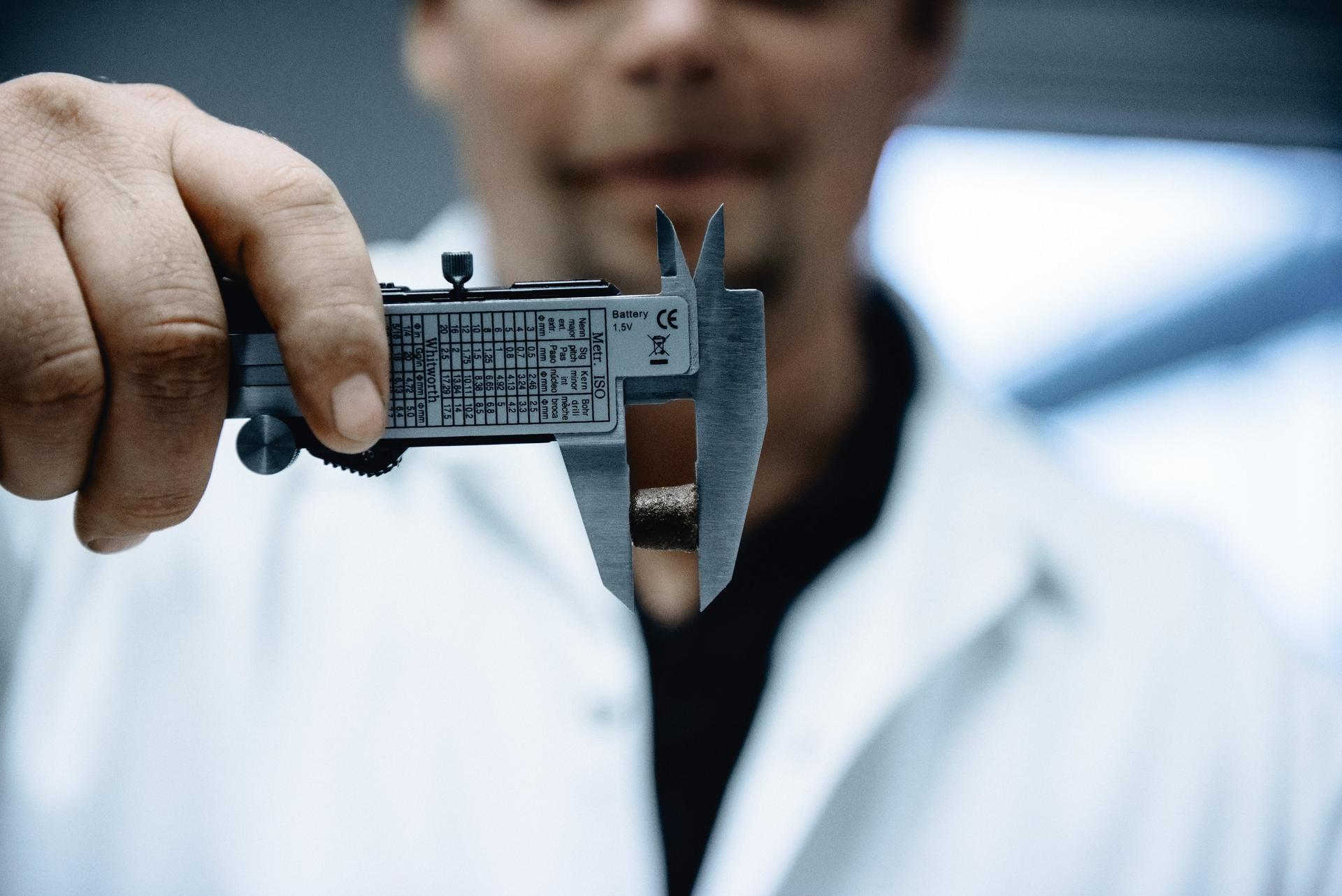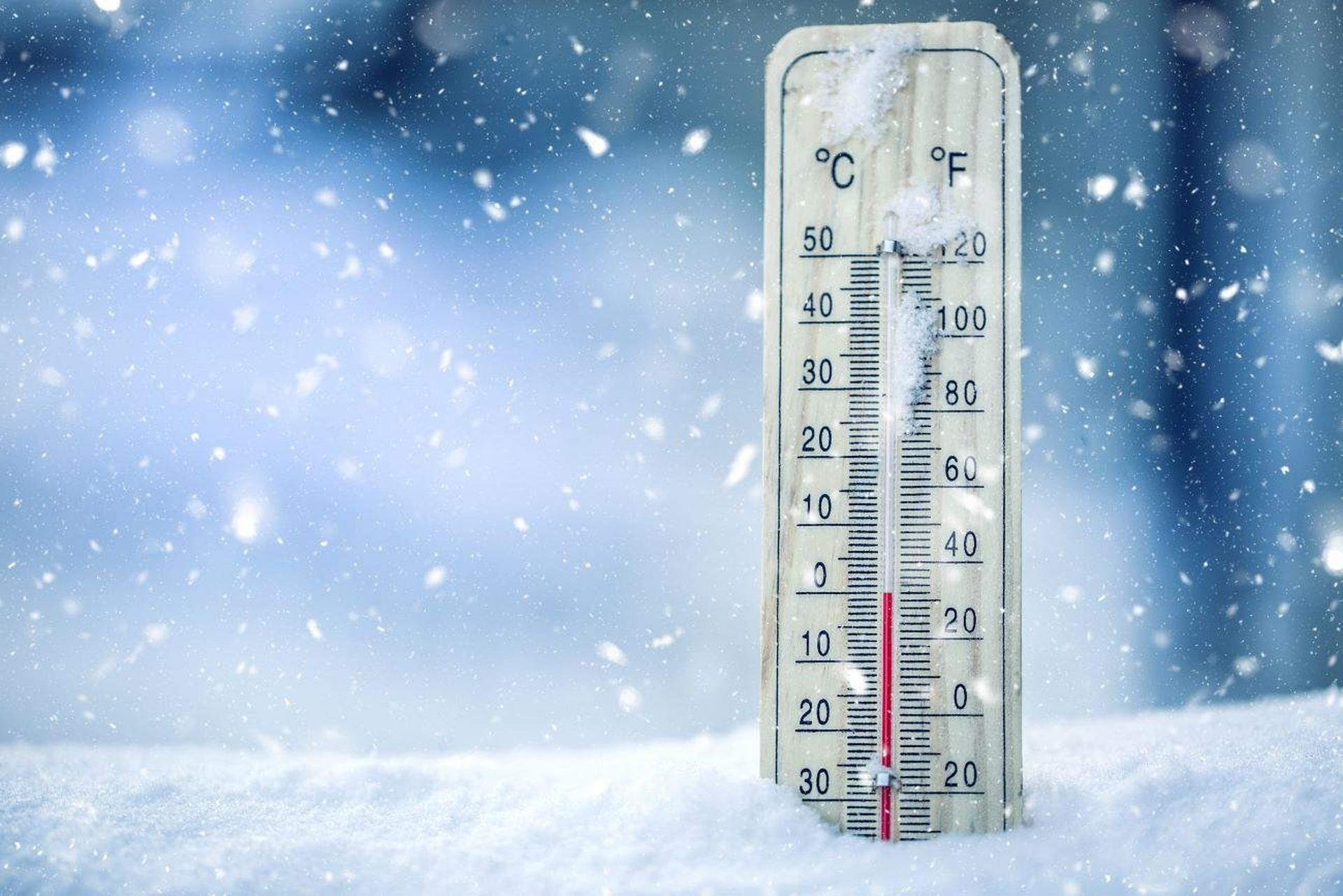Active observation and assessment
Taking the necessary actions in good time requires an active observation and assessment of oxygen levels and other water parameters. It is important to take the fish population and its oxygen requirement into account and to determine the amount of oxygen that needs to be delivered to the water. The oxygen content should not fall below critical low levels at any time of day. Based on the amount of feed used, it is relatively easy to make a sufficiently correct calculation of the oxygen requirement. A portion-size fish has a requirement of approx. 300 g oxygen per kg feed administered. The requirement may vary depending on a number of factors, especially the size of the fish. For example, the oxygen consumption in fry and young fish is relatively high, because their metabolic rate is quite active. In contrast, the value may be adjusted downwards a little in case of larger fish.
Cleaning and maintenance of any oxygenation equipment are important routine tasks as they ensure that the devices function correctly.
The costs of buying measuring devices and the time spent on supervision as well as an immediate response to water values are economically worthwhile and soon covered by the increased revenues from higher growth/better feed conversion rates and an increased vitality and health status of the fish.
BioFarm – BioMar’s Expert Advisory Team
In line with our commitment to innovation through partnership and collaboration, our partners receive technical support to drive a sustainable and efficient aquaculture industry. BioMar’s technical advisory team, BioFarm, offers support in the management of oxygen and other fish farm management topics. Feel free to contact the BioFarm team member responsible for your area for further information.







?w=1920&%24withDefaultImage%24=&fmt=auto)






